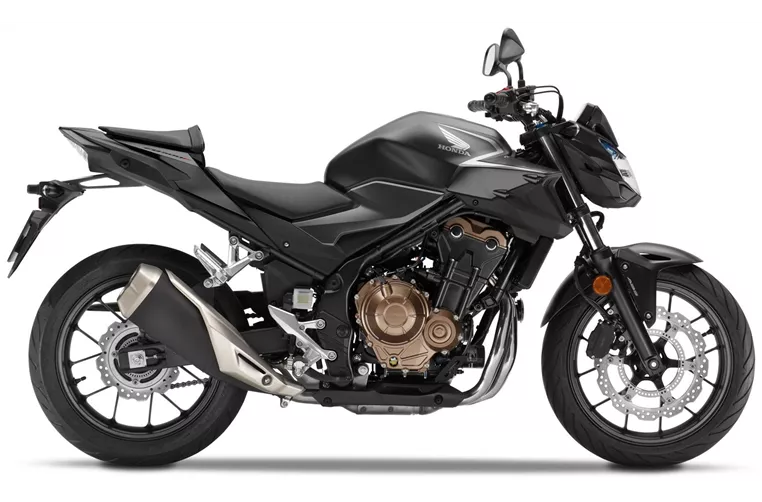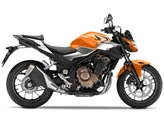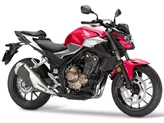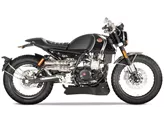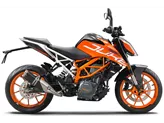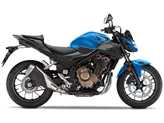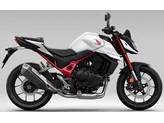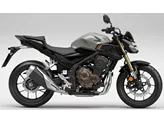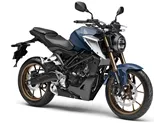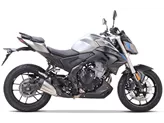Kawasaki ER-6n 2013 vs. Honda CB500F 2021

Kawasaki ER-6n 2013
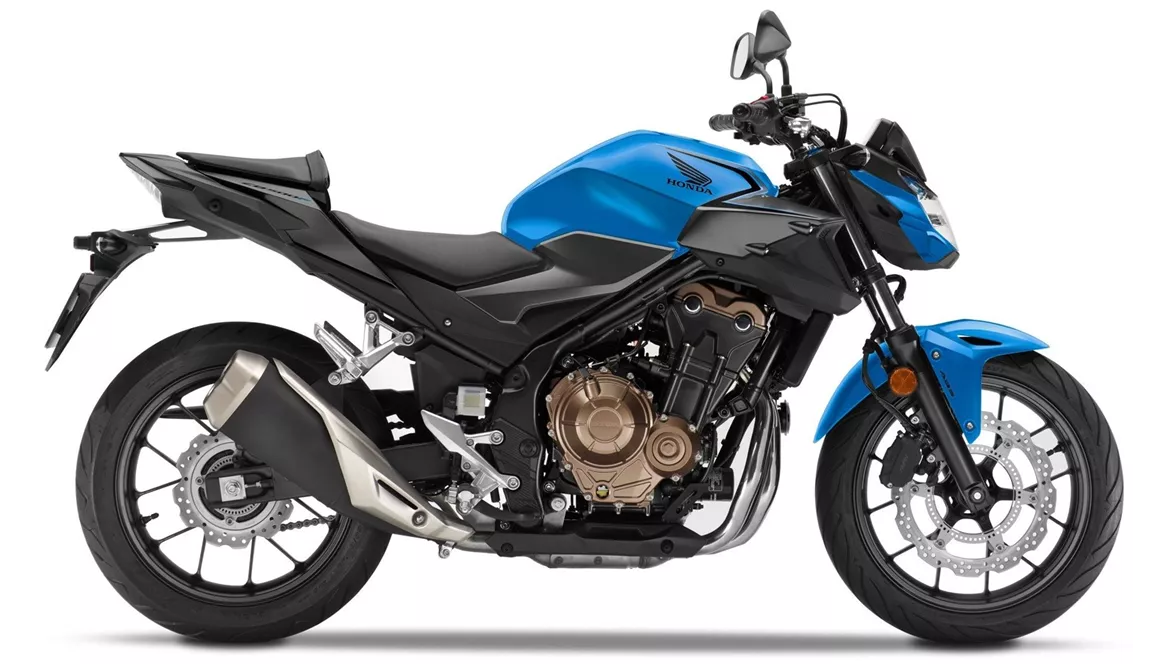
Honda CB500F 2021
Overview - Kawasaki ER-6n 2013 vs Honda CB500F 2021
The Kawasaki ER-6n model year 2013 and the Honda CB500F model year 2021 are both naked bikes with similar technical specifications. Both bikes have an inline engine with 2 cylinders and liquid cooling. However, there are some notable differences between the two models.
In terms of engine power, the Kawasaki ER-6n 2013 has a higher output with 72 HP compared to the Honda CB500F 2021 which has 48 HP. This means that the Kawasaki offers more power and potentially better acceleration. The torque is also higher on the Kawasaki with 64 Nm compared to 43 Nm on the Honda, which could result in better low-end performance.

Kawasaki ER-6n 2013
Both bikes have a steel frame and similar brake setups with double piston front brakes. However, the Kawasaki has double disk front brakes while the Honda has a single disk front brake. This suggests that the Kawasaki may have better braking performance and stopping power.
In terms of dimensions and weights, both bikes have the same front and rear tire widths and diameters. They also have the same wheelbase of 1410 mm. However, there are some differences in seat height and weight. The Honda CB500F 2021 has a lower seat height of 790 mm compared to 805 mm on the Kawasaki ER-6n 2013. This could make the Honda more accessible to riders with shorter inseams. The Honda also has a slightly lower curb weight of 194 kg compared to 208 kg on the Kawasaki.
When it comes to strengths, the Kawasaki ER-6n 2013 is praised for its solid handling and high-quality level. On the other hand, the Honda CB500F 2021 has several strengths including its full 48 hp in the A2 class, high-quality fork, good brakes, comfortable seating position, low seat height, and intuitive handling.
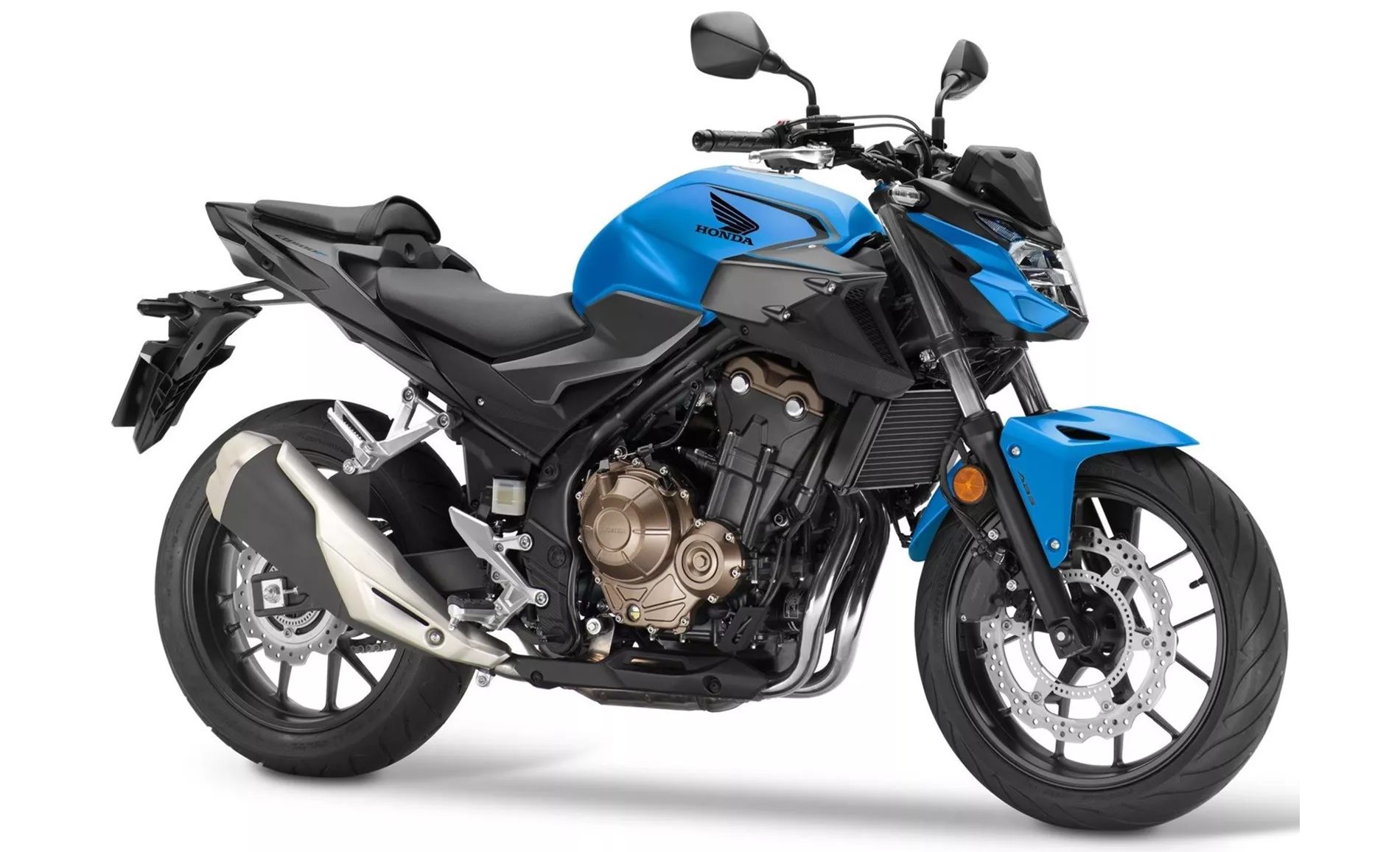
Honda CB500F 2021
However, both bikes also have their weaknesses. The Kawasaki ER-6n 2013 is criticized for its weak brake, which could be a concern for riders who prioritize strong braking performance. On the other hand, the Honda CB500F 2021 has a weakness in its suspension strut, which is reported to bounce on bumpy roads. This could result in a less comfortable ride for the Honda.
In summary, the Kawasaki ER-6n 2013 offers more power and potentially better braking performance compared to the Honda CB500F 2021. However, the Honda has several strengths including its A2 class power, high-quality fork, good brakes, comfortable seating position, low seat height, and intuitive handling. Both bikes have their weaknesses, with the Kawasaki having a weak brake and the Honda having a suspension strut issue on bumpy roads. Ultimately, the choice between the two models will depend on the rider's preferences and priorities.
Technical Specifications Kawasaki ER-6n 2013 compared to Honda CB500F 2021
Pros and Cons in comparison
Pros and Cons in comparison
Kawasaki ER-6n 2013

The engine is hearty and a lot of fun, plus the ER shines with a Japanese meticulous finish and a fighting price.
Honda CB500F 2021
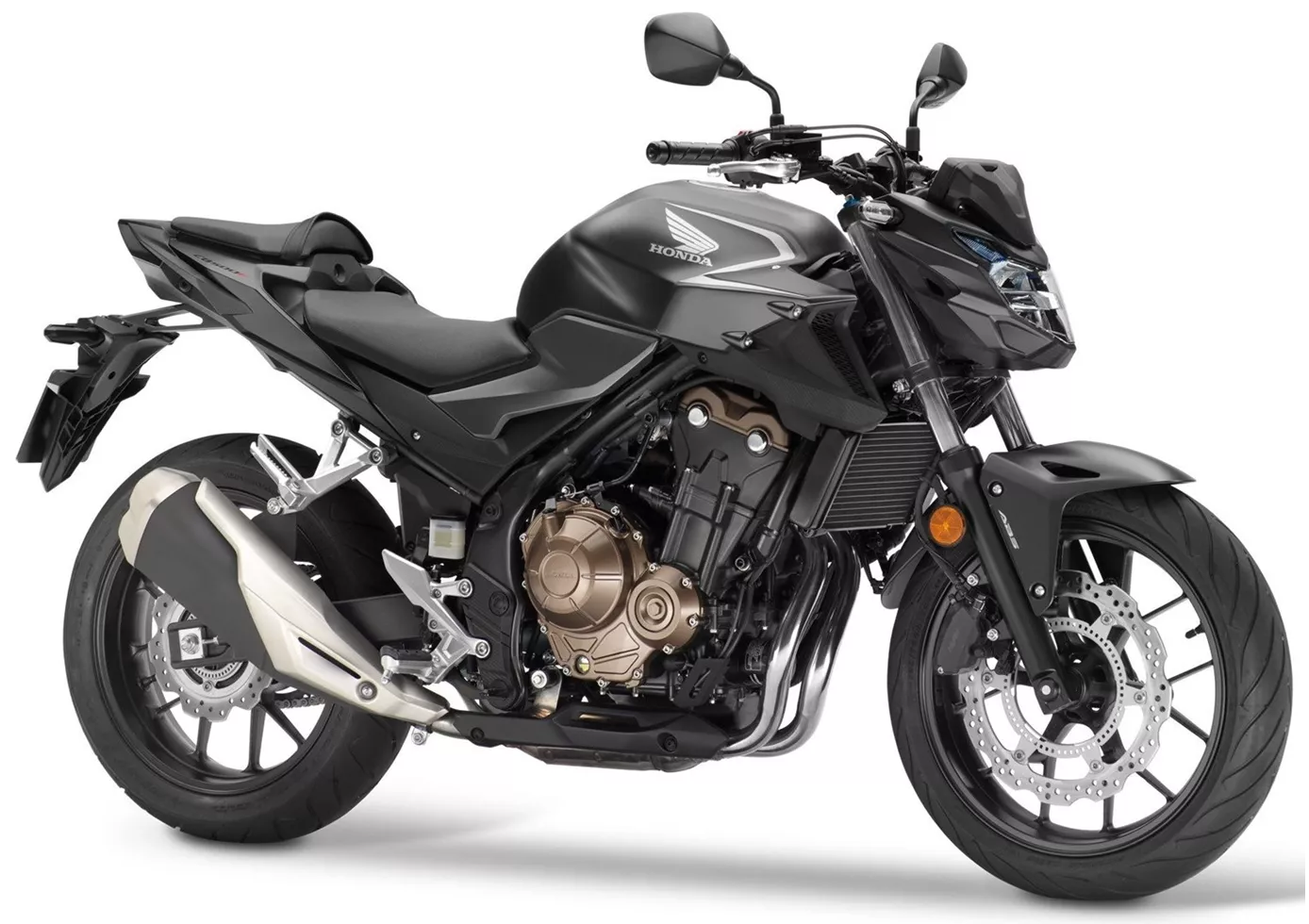
Honda has significantly improved the rounded package called CB500F for 2022. Thanks to better brakes and a higher-quality chassis, the handling has been significantly upgraded. Both beginners and experienced riders will feel very comfortable on this bike and enjoy it for many years to come. Only the suspension strut is not quite up to scratch - but there still needs to be room for improvement somewhere.
Price Comparison Avarage Market Price Kawasaki ER-6n vs Honda CB500F
There are a few key differences between a Kawasaki ER-6n 2013 and a Honda CB500F 2021. It takes less time to sell a Kawasaki ER-6n with 42 days compared to 80 days for a Honda CB500F. Since model year 2006 1000PS.de editors have written 16 reviews for the Kawasaki ER-6n and 22 reviews for the Honda CB500F since model year 2013. The first review for the Kawasaki ER-6n was published on 6/29/2005 and now has more than 11,200 views. This compares to more than 18,500 views for the first review on Honda CB500F published on 11/10/2012.

